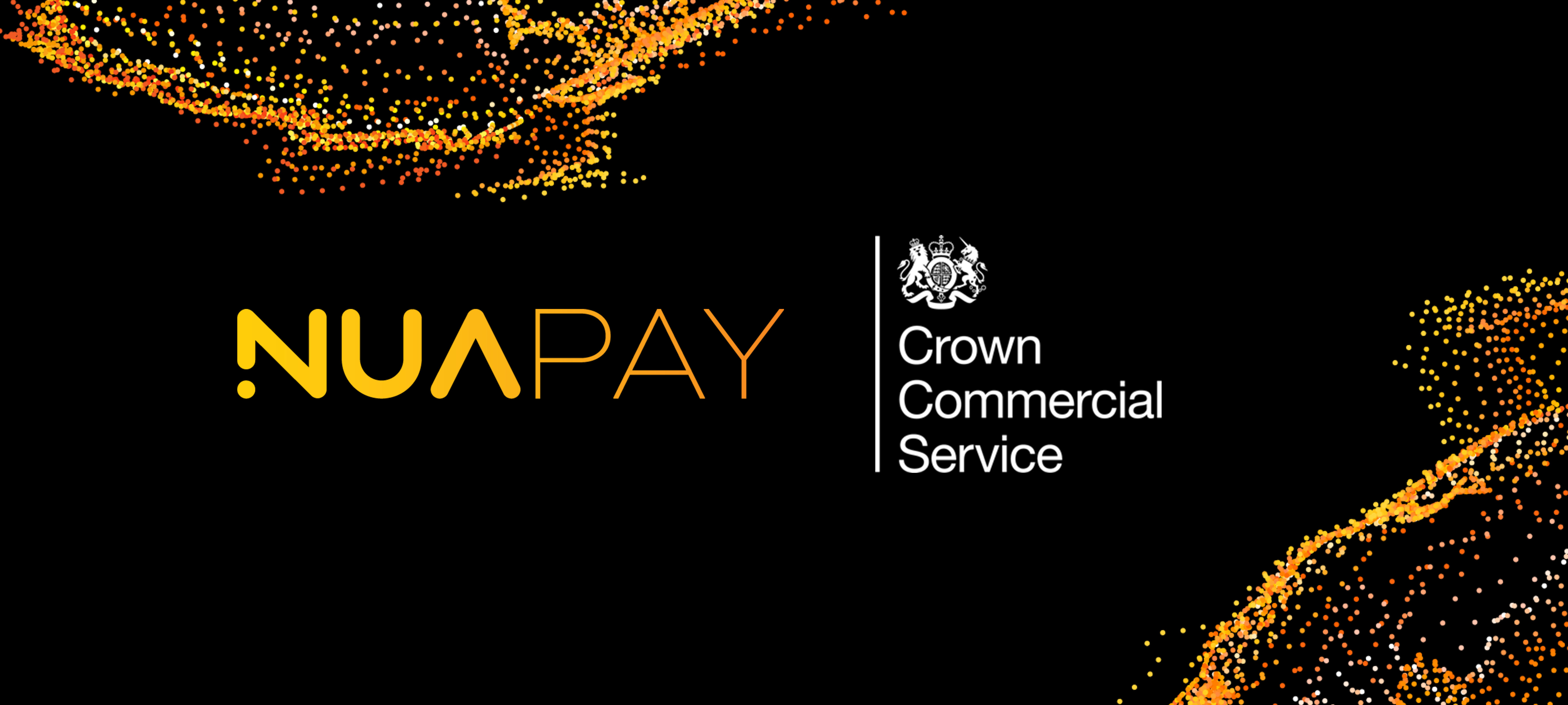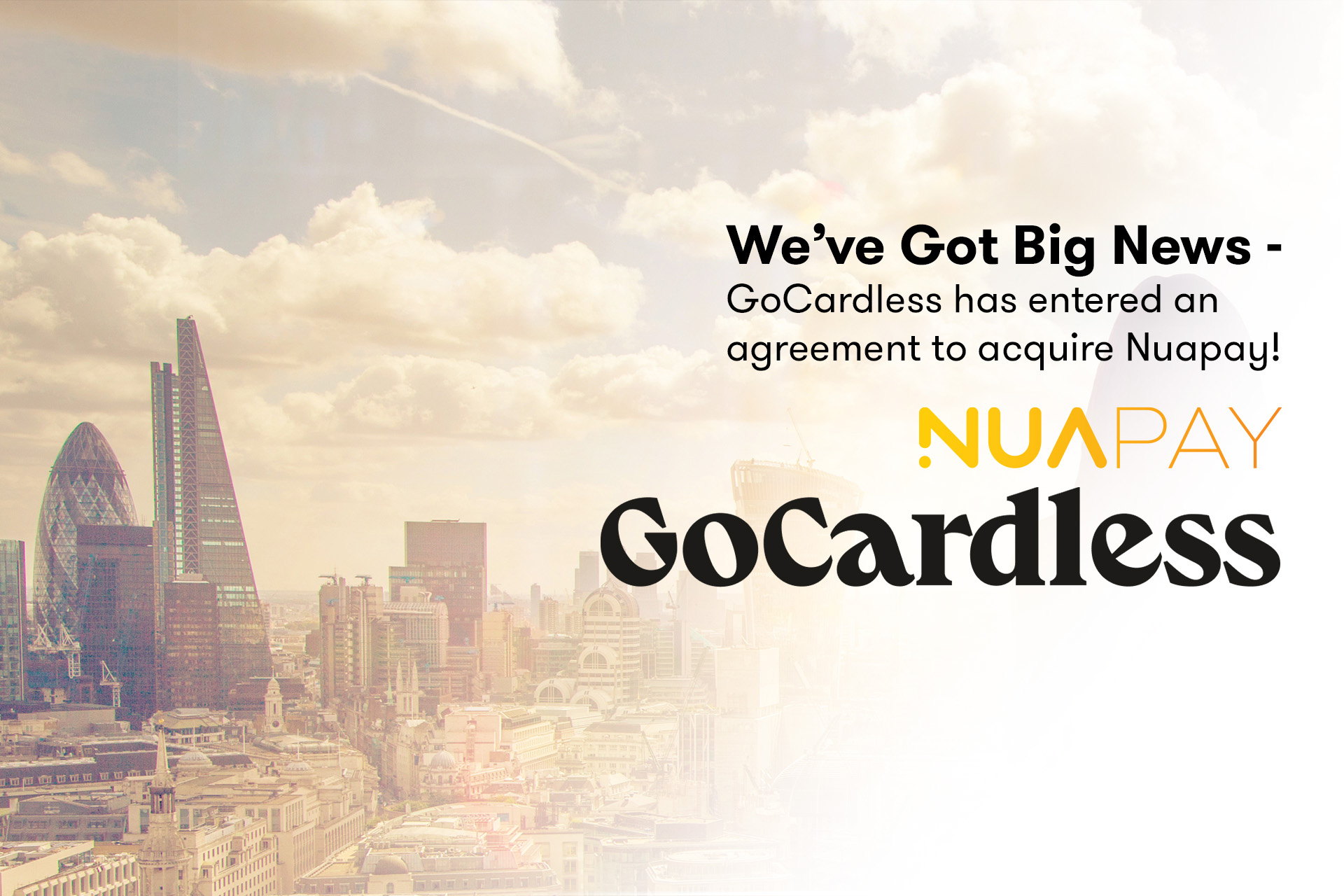We’ve had rapidly growing interest from merchants in our Open Banking payment solutions. Most clients understand the basic proposition of Open Banking – and its fast, frictionless and fraud-free benefits. But some aren’t sure what details they need, and how to ask the intelligent questions to make sure they get the right provider. We like to keep things simple and transparent, so we have put together some of the most important questions you should ask your potential Open Banking Payment provider. The following guide will provide a clearer understanding of the process so you don’t get caught up with solution gaps down the line.
1. How will I receive my money?
Many Open Banking providers will send transactions individually into whatever account you nominate at a 3rd party bank. Does it work for you to have hundreds of individual transactions arriving in your account individually in real-time for you to reconcile? And how much does your bank charge you for every incoming transaction (as this will impact your end to end costs)? Ask your provider if they provide collection accounts instead. With a collection account at Nuapay, we will collect all your money in that account, and batch it over to your Treasury accounts at a time and frequency of your choosing (multiple times a day if needed). This will help keep your overall end to end costs down (by reducing the incoming transaction charges), and still means your money is available in real-time. In fact, we give you instant messaging via webhooks into your platform the second the funds arrive in your account, without any additional integration needed into your own account.
2. What reconciliation information do you provide?
You are buying a payment service, so you should expect to get complete payment reconciliation and settlement information out of the box. Unfortunately, we know not all providers can provide that. At a minimum you should expect to receive full transaction reports of payments initiated, complete settlement reports showing the equivalent money received, and information about any failed or missing transactions (rare, but they do happen). This is particularly so if you’ve got a recurring payment solution where customers may have changed the details, and you want to know as soon as a payment hasn’t been received.
3. How do I process refunds or payments back to customers?
Many Open Banking providers don’t have the capabilities to process refunds today, so if this is important to you, make sure you choose one that can. You should understand exactly how you will process a refund. Some providers may just pass you the payer’s account details and you will need to make a payment manually out of your existing bank account. Other solutions are integrated. Nuapay enables you to automatically send a full or partial refund just by calling the initial transaction ID, and the funds will be sent back to your customer’s account in seconds – what a great customer experience!
Also, if you need to use the facility to send claim payments, winnings or compensation to a customer, then that can be configured too with our pay-outs facility.
4. Can I do recurring payments, and how does it work?
The most common recurring payment solution offered by open banking providers is standing orders – like you setting up to send a fixed amount at a fixed time each month through your bank account. This works well in some use cases (like charity donations or rent), but has its limitations too. There is no ability for the merchant to change the amount or increase the fee and no notifications if the customer cancels the payment or orders. With these limitation, make sure standing orders are suitable for your situation before you go ahead. Equally, integrated Open Banking – Direct Debits solutions are growing in popularity as a recurring payment option, as it gives merchants the control and information they need, while reducing the risk around traditional Direct Debits, so this may be another option to consider.
5. What does the checkout experience look like for a customer and can I customise it?
Your Open Banking payment provider will normally provide a payment “button” and “bank selection screen” that your customer will see and use before the customer is redirected to their bank to complete the payment. Make sure you have the ability to customise this as you need. Does your provider allow flexibility as to what the payment option is called? Do they let you customise the bank selection screen with your name and logo, and even the colour scheme, design or feel? Is it a seamless journey, or do they require your customers to “log-in” and sign up to their service, creating unnecessary friction in the journey flow? At Nuapay, we give you complete flexibility around the design, and we don’t make your customers sign up to use the service – we seamlessly transfer them straight to their bank, first time and every time.
6. Can I only use Open Banking for online payments, or can I use it for other channels too?
While Open Banking was initially conceived as an online payment mechanism, many merchants are expanding it into other channels too. With our QR codes and payment by link solutions, we are making Open Banking payments available in a host of other environments including mobile or pay at table ordering, payments to call centres, Open Banking options on post bills, and delivering POS solutions for low volume shops and charities via QR and RFID.
7. How do I know I can rely on you to process my payments 24/7/365?
Processing payments requires significant infrastructure to maintain a reliable and efficient 24/7/365 service, so if you need your payments working reliable, then make sure you ask your provider the tough questions.
Ask your service provider if they have multiple data centres for processing, and how they switch across if one data centre goes down. Ask them what service levels they commit to (you’d expect at least 99.9% availability), and what historical performance they have providing those service levels. Ask what monitoring of the service is conducted in real-time – what tools do they have to monitor, and what alerting and incident notification is happening in real-time. Ask how major incidents are handled, what are the time frames for rectifying the service, and if out of hours what time frames apply. Ask what customer service support desk is available, what hours it operates, and again out of hours what incident notification options you have.
8. How do you connect to each of the banks?
Historically, providers have connected to banks using “screen scraping” or “reverse engineering” techniques. While this was innovative, it also has security risks and these methods are starting to be blocked by most banks as part of PSD2. Check how your provider is connecting to banks. If you want a reliable, ongoing service then they should be connected via the PSD2 APIs – these are SCA compliant and the only connections that are going to be maintained long-term. If your provider asks customers to “sign in” to use their service, then this is a sign that they may still be using screen scraping, and saving your customer’s banking credentials within their service – a major security risk for your customers.
9. Which banks are you connected to for payments in production environment, and can you show me a demonstration of a payment for connections?
Some providers promise hundreds and thousands of bank connections. But there are often two catches: (1) They aren’t always connected to the production environment for payments; and (2) They aren’t always connected to the banks which your customers are likely to use – there is no point in being connected to banks that your customers will never need. A good way to test is to get your card statements from your acquirer and work out which bank your debit cardholders pay from. You can then check how many of those banks your Open Banking provider covers. For the major / critical banks to you, it is always important to check that your provider has live connections to the payments environment, and even ask for demos through a live site to validate the customer experience with each bank.
10. Do I need a PISP licence, or can I use yours?
Some providers will only operate as a Technical Service Provider (TSP) and will require you to get your own PISP licence. While this is feasible if you are already regulated, it will also cost time, money and effort. Make sure you understand the benefits of becoming a PISP and what it will achieve in terms of Open Banking improvements (a more branded customer journey?). If you aren’t sure, then you can always start using a licenced provider like Nuapay, and then we will happily switch to becoming a TSP once you’ve got your own licence if that is what you choose to do.





